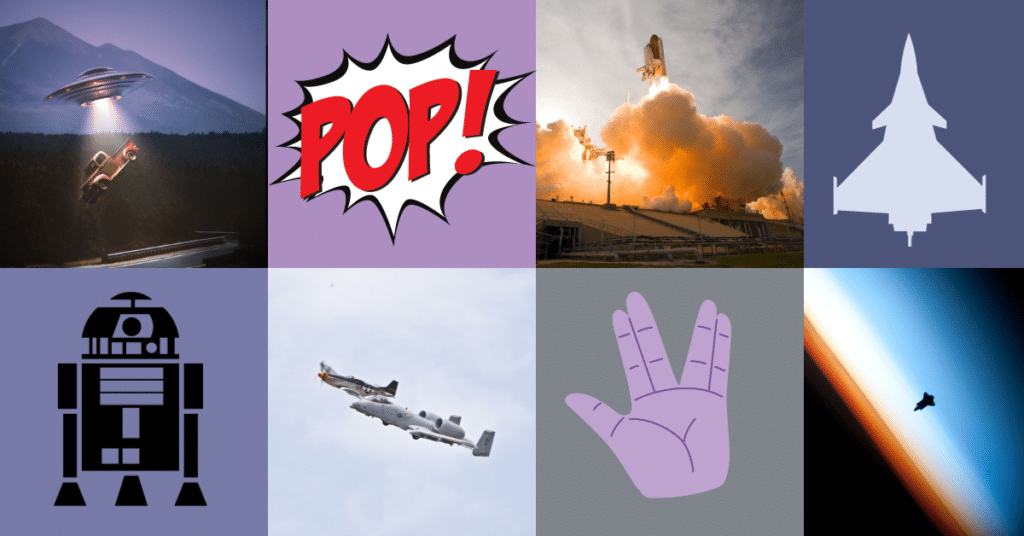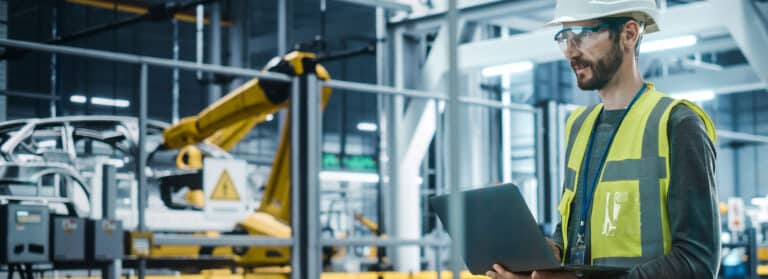Introduction
Aerospace has been a fascinating subject in pop culture for decades, captivating audiences with visions of space exploration, futuristic technology, and interstellar adventures. From classic science fiction novels to blockbuster movies and popular TV series, aerospace has played a pivotal role in shaping our perceptions of the cosmos and pushing the boundaries of human achievement. In this blog post, we’ll delve into how aerospace is portrayed in entertainment and analyze the accuracy and influence of these portrayals.
Aerospace in Literature: Imagination Knows No Bounds
The written word has been proven to be a rich source of inspiration for aerospace exploration. Classic works like Jules Verne’s “From the Earth to the Moon” and H.G. Wells’ “The War of the Worlds” laid the groundwork for the genre. These early works, while imaginative, often took liberties with scientific accuracy. Nevertheless, they sparked the collective human imagination and inspired generations to contemplate the possibilities of space travel.
Modern authors like Arthur C. Clarke and Isaac Asimov brought a new level of scientific rigor to their storytelling. Clarke’s “2001: A Space Odyssey” and Asimov’s “Foundation” series presented readers with a more realistic vision of space travel and exploration, drawing from contemporary scientific knowledge. These works demonstrated how literature could both entertain and educate, shaping the way we perceive aerospace in popular culture.
Aerospace in Cinema: From Fantasy to Reality
A Trip To The Moon
Movies have played a significant role in our understanding of aerospace. While early films like “A Trip to the Moon” (1902) by Georges Méliès relied on imaginative storytelling and rudimentary special effects, they ignited the spark of curiosity about the possibilities of space travel.
A Space Odyssey
One landmark film that transformed the portrayal of aerospace on screen was Stanley Kubrick’s “2001: A Space Odyssey” (1968). With its meticulous attention to detail, cutting-edge special effects, and realistic depiction of space travel, the film set new standards for accuracy and realism in portraying aerospace. Its influence on following space-themed films cannot be overstated.
Star Wars
However, it’s important to recognize that not all aerospace portrayals in movies are scientifically accurate. The “Star Wars” franchise, for example, captivated audiences with epic space battles, alien worlds, and futuristic technology, but it often took creative liberties with the laws of physics and space travel. Nevertheless, it has left a lasting mark on pop culture and inspired generations of fans.
Interstellar
In contrast, films like “Interstellar” (2014), directed by Christopher Nolan, sought to blend science fiction with real science. The film’s depiction of wormholes, black holes, and the effects of time dilation was grounded in scientific theory, making it both an entertaining and educational experience.
Aerospace on the Small Screen
Star Trek
Television has also contributed significantly to the portrayal of aerospace in pop culture. “Star Trek,” created by Gene Roddenberry in the 1960s, envisioned a hopeful future where humanity had achieved interstellar exploration. The series showcased advanced technology, diversity, and ethical dilemmas. “Star Trek” continues to be a source of inspiration for scientists, engineers, and dreamers, showcasing the positive potential of aerospace in the future.
The Expanse
On the other hand, “The Expanse,” based on James S.A. Corey’s book series, offered a gritty and realistic portrayal of life within our solar system. The show focused on the practical challenges of space travel, politics, and human survival, emphasizing the harsh realities of space while still delivering a compelling narrative.
Influence and Inspiration
The portrayal of aerospace in movies, TV shows, and books has not only entertained but also influenced audiences in various ways. It has sparked the imagination of countless individuals, inspiring them to pursue careers in aerospace, science, and technology. The “Apollo effect,” where interest in space exploration surged after the moon landing, is a testament to the power of aerospace in popular culture.
Moreover, the aerospace industry often draws inspiration from these portrayals. Technologies and concepts introduced in science fiction often become prototypes for real-world research and development. For instance, the communicators in “Star Trek” bear a striking resemblance to modern smartphones.
Conclusion
Aerospace in pop culture has been a powerful force in shaping our perceptions of space exploration and technology. While not all portrayals are scientifically accurate, they serve as sources of inspiration and education, driving us to dream, discover, and explore the vast unknown. As our understanding of aerospace continues to evolve, so will its portrayal in the entertainment industry continuing to captivate our imaginations. Whether fact or fiction, aerospace remains a limitless canvas for our hopes and aspirations.



